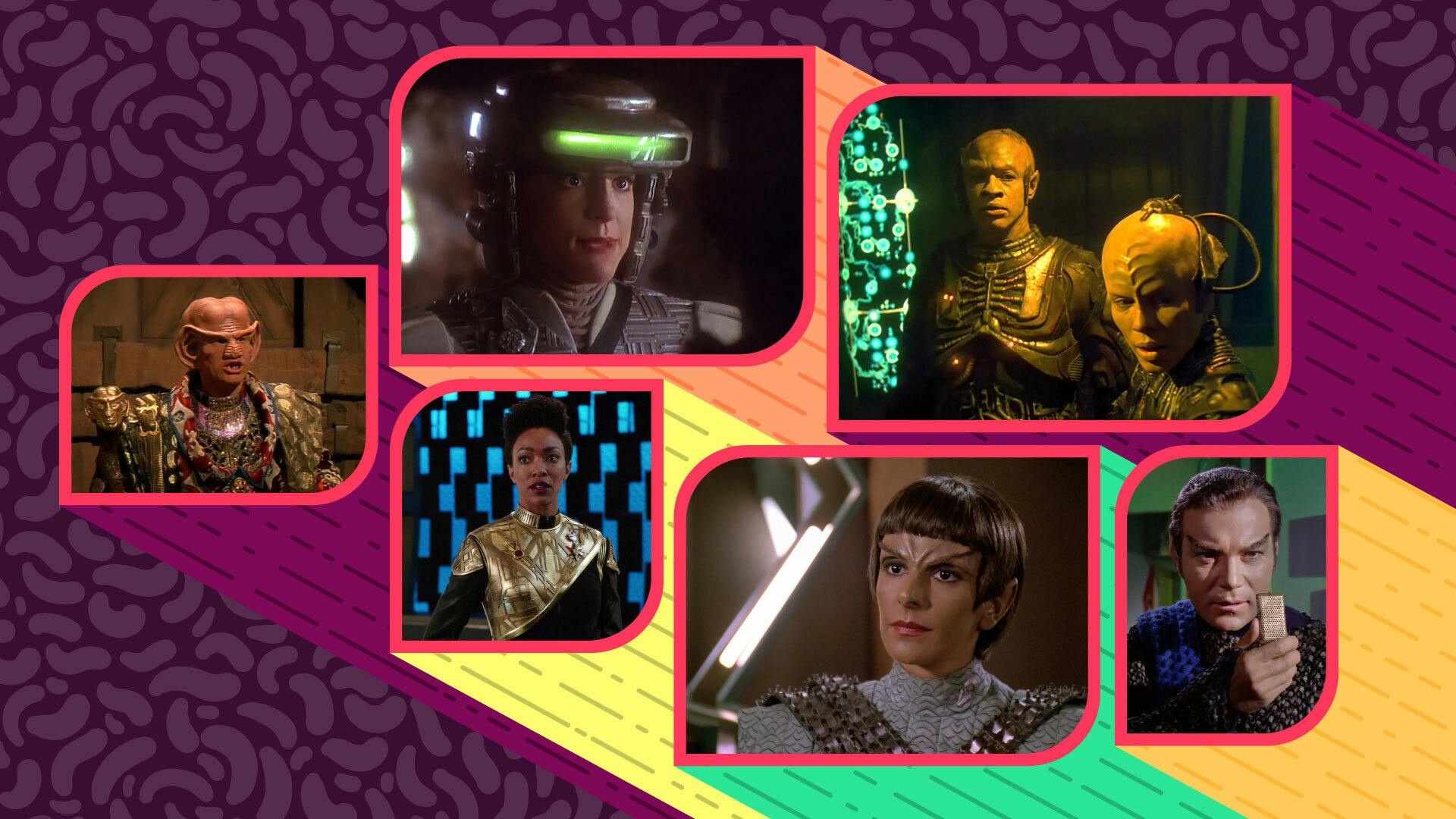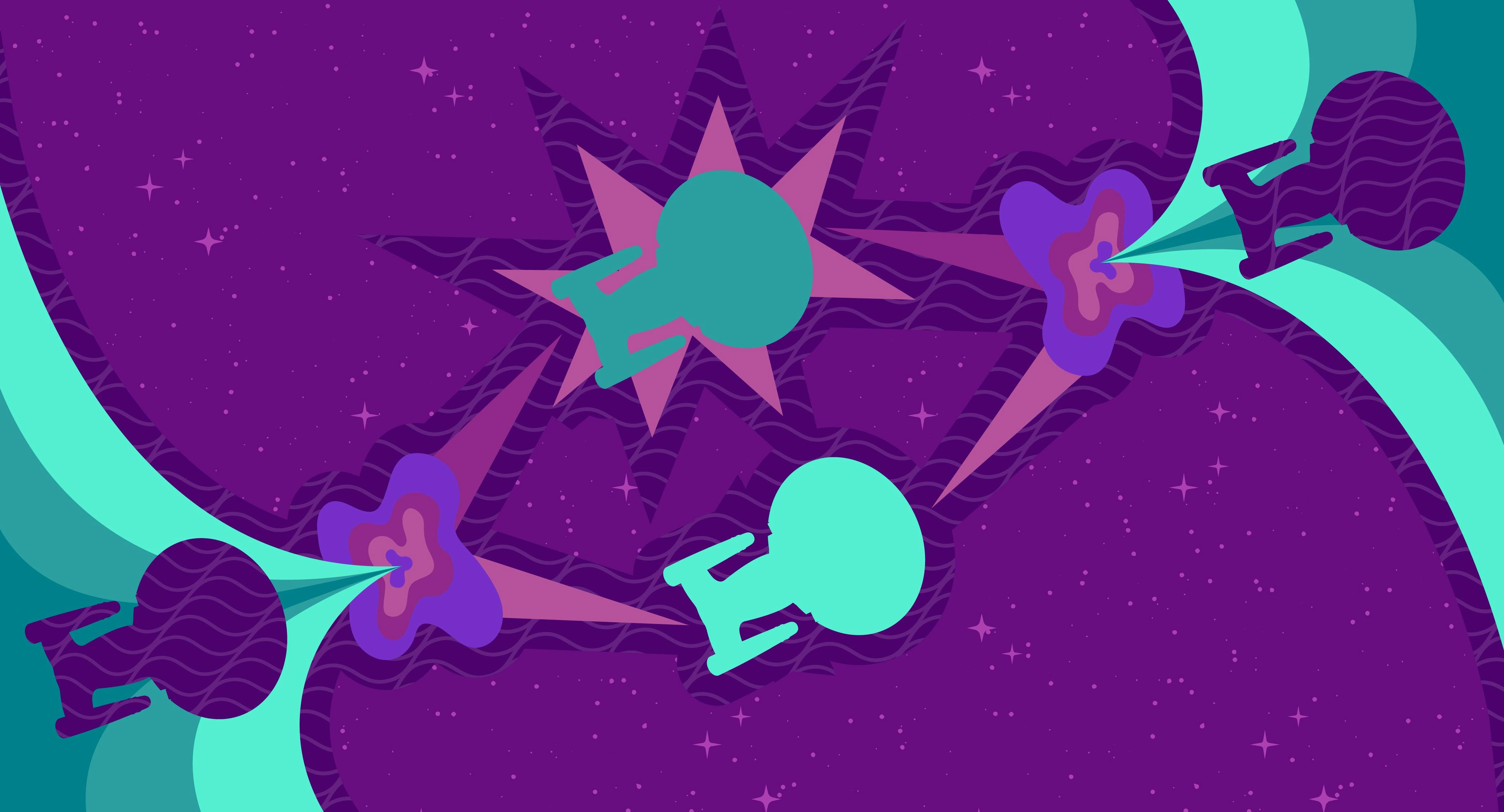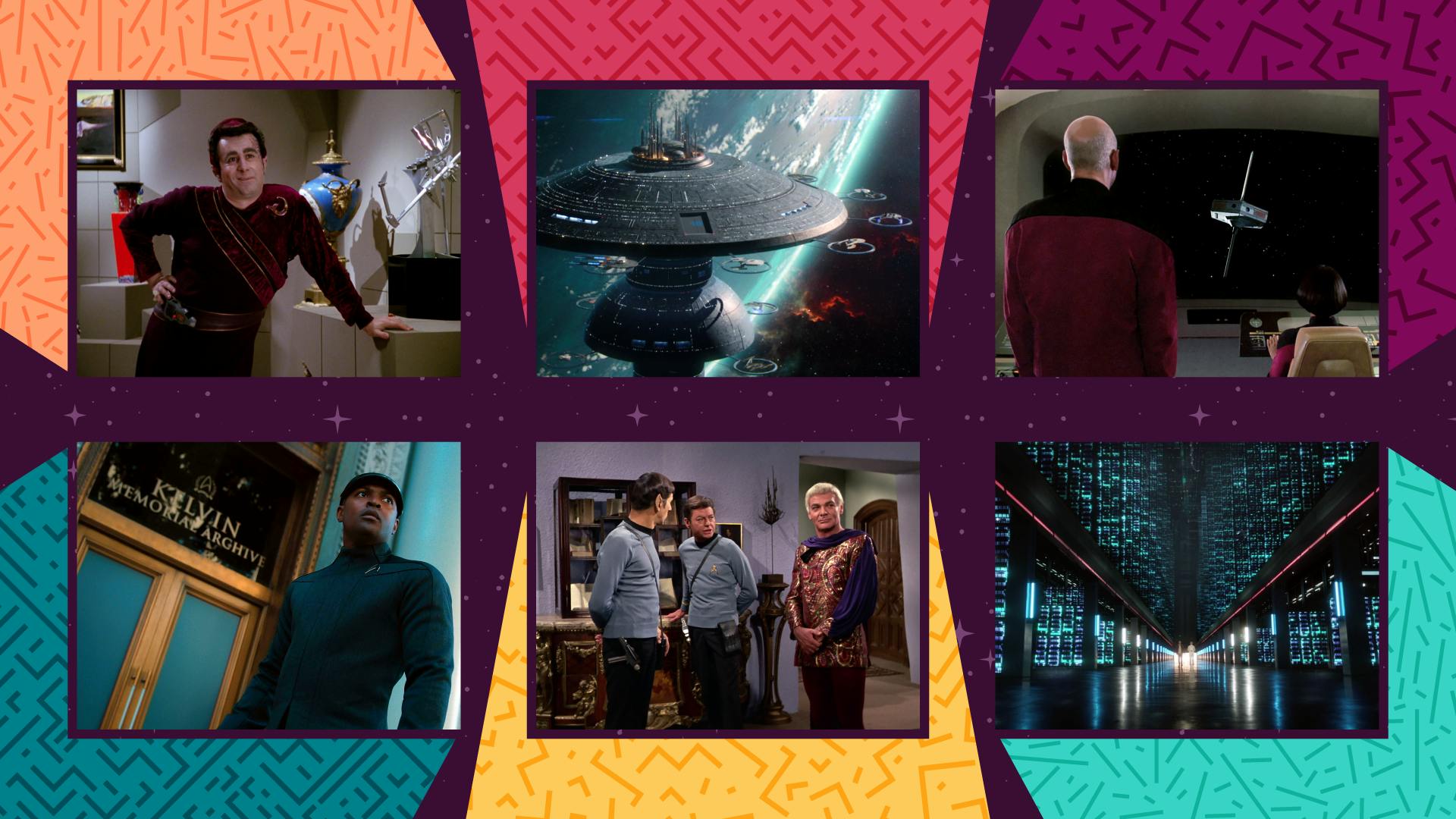Published May 20, 2024
Going Nucleonic: Star Trek's Wildest Mindscape Episodes
If your Starfleet adventure seems a little topsy turvy, it's (probably) all in the mind.
This article contains story details and plot points for Star Trek: Discovery's "Labyrinths."

StarTrek.com
Countless times, Star Trek has told us the final frontier is space, though occasionally, the final frontier can be time, or the multiverse, or even, the human heart. In the optimistic adventures throughout all of Trek, each of these places feels perfect for the essentially boundary-less world in which Star Trek can tell stories. And yet, perhaps the setting for some of the most thought-provoking Trek tales of them all take place inside the mind.
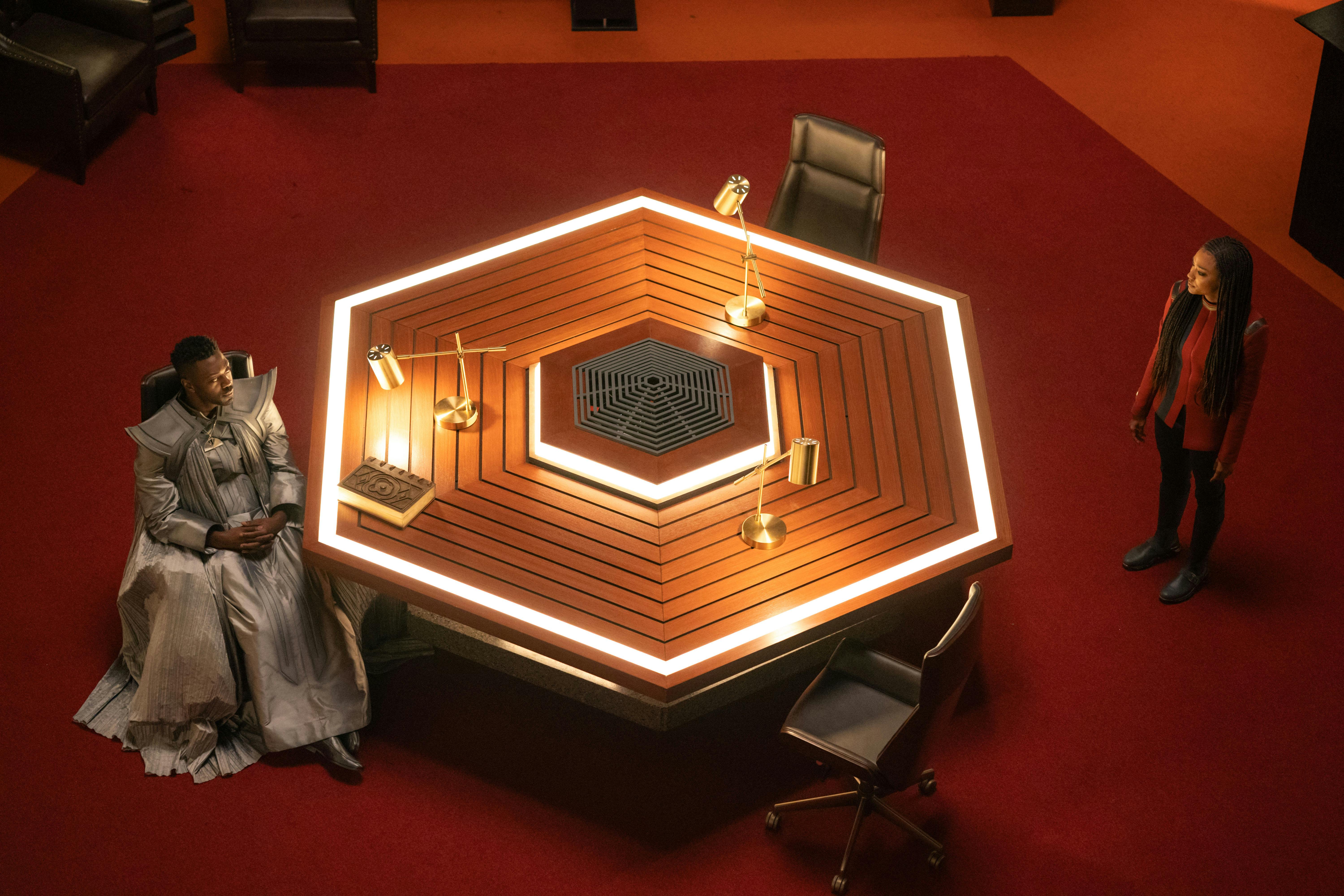
"Labyrinths"
StarTrek.com
In Star Trek: Discovery’s "Labyrinths," Captain Michael Burnham finds herself in a mindscape, created by a long-dead Betazoid, and employing a nucleonic connection. Until Burnham can find her way out of the mindscape, she's stuck, so stuck, that Dr. Culber doesn't want to physically move her until whatever is happening in her head fully plays out.
For longtime Star Trek fans, this set-up should ring some bells in our own mindscapes, sending us back not just to watch this Discovery episode again, but episodes from almost every single series in which the action takes place (almost) exclusively inside of the heads of our heroes.
In honor of Discovery's "Labyrinths," here's a quick look at some of Star Trek's best mindscape stories of all time.
Mindscapes Are the Foundation of All of Star Trek
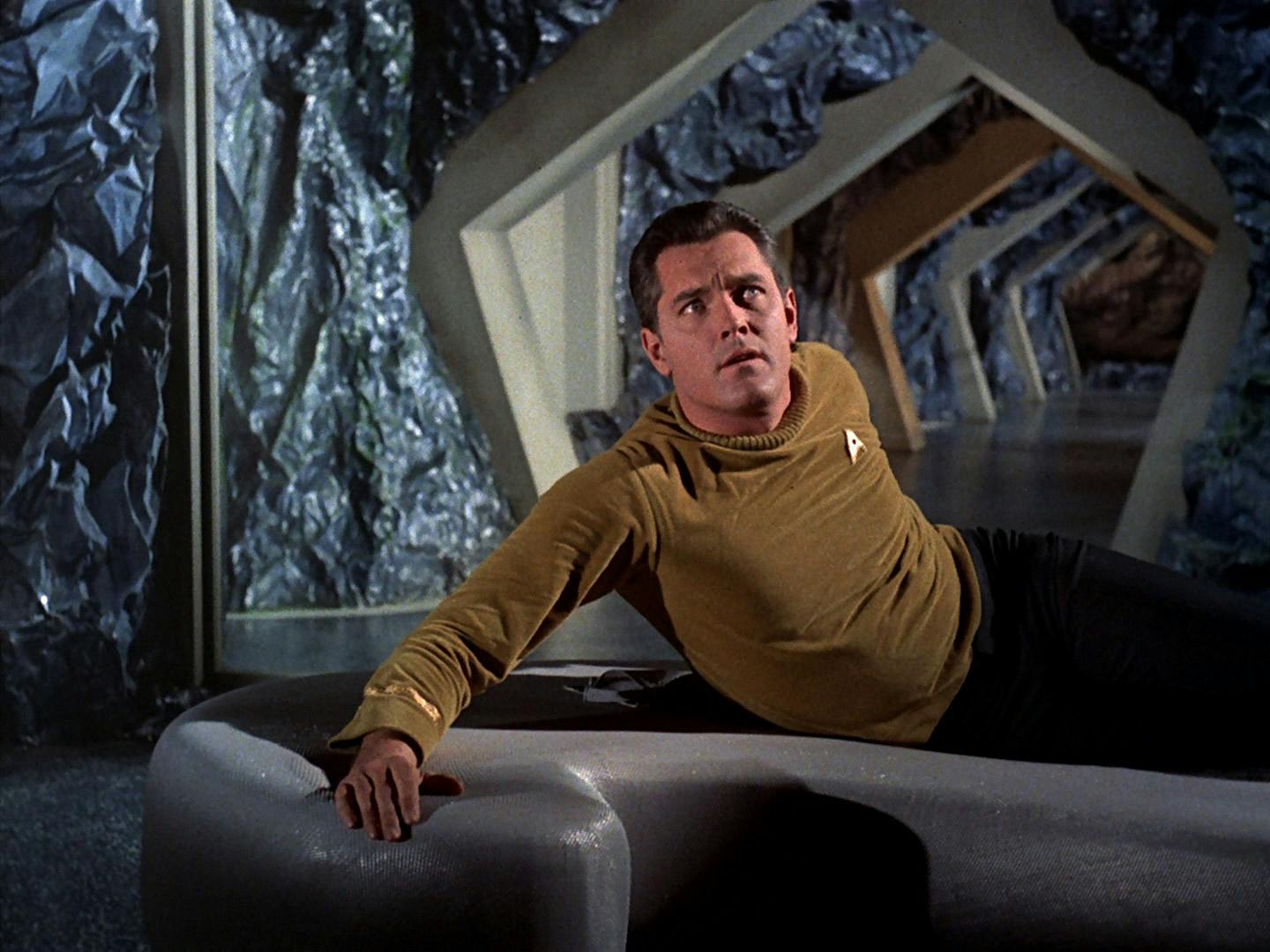
"The Cage"
StarTrek.com
Speculative fiction about mind powers was a mainstay of science fiction published just before the airing of Star Trek: The Original Series, so it makes sense that the idea of exploring the powers of the mind is embedded in both of the classic show’s pilot episodes.
In "The Cage," Captain Pike is trapped not just in a physical cage by the Talosioans, but more relevantly, in a world of telepathic illusions, which, are drawn from, and exist within his own mind. This means that a huge chunk of this episode — from Captain Pike's horse Tango to Vina's immortal dance in the guise of an Orion woman — all take place, more or less, in Pike's mind, or at least, in a kind of liminal space between reality and telepathic mindscape.
The series’ second pilot, "Where No Man Has Gone Before," doesn’t have mindscapes in it per se, but it is telling that in a show boldly exploring space, that the conflict of this episode, filmed a year after "The Cage" in 1965, was also about telepathic powers gone amok. Even before it was on the air, Star Trek was boldly going into mindscapes.
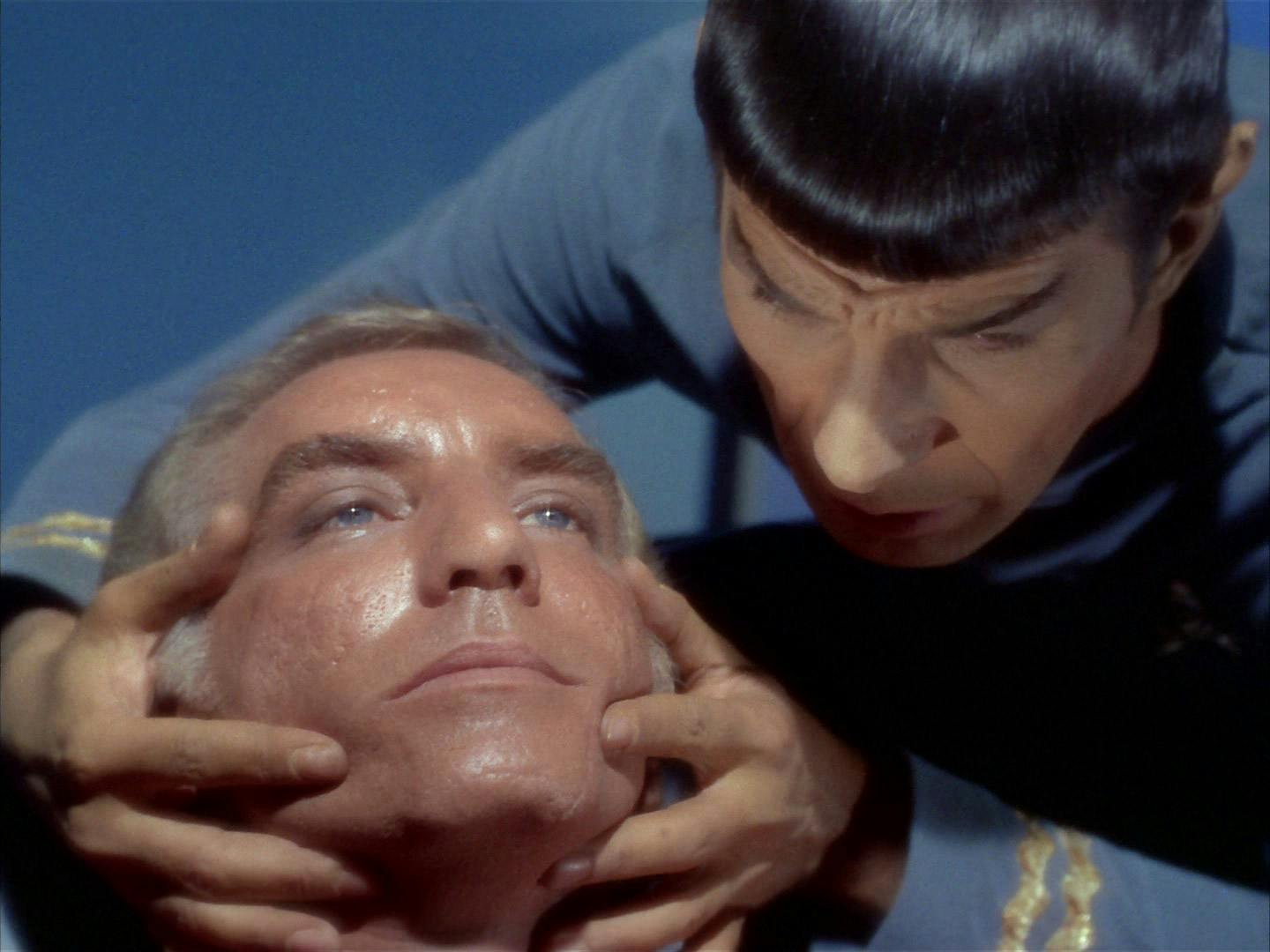
"Dagger of the Mind"
StarTrek.com
The Original Series never really stopped exploring the furthest reaches of the mind, either. Just nine episodes into the series' first season, "Dagger of the Mind" premiered, in which Captain Kirk and Dr. Helen Noel have to relive their own memories, all while under the influence of a neural neutralizer. Not surprisingly, "Dagger of the Mind," also reveals the very first appearance of the Vulcan mind meld, the most useful and reliable doorway to mindscapes through all of the Star Trek franchise.
From "Shades of Gray" to "The Inner Light"
In the era of Star Trek: The Next Generation, the exploration of the mind kept going, and in the case of the Season 2 finale, "Shades of Gray," created a quick fix to create an episode that saved time and money while the series was running over its budget. This episode, composed almost entirely of Riker's memories from Season 1 and Season 2, is not considered anyone's favorite or best TNG episodes. That said, for those of us who were kids when The Next Generation aired, "Shades of Gray" was an incredible recap as to who the character of Riker was, and what had happened in episodes we might have missed.
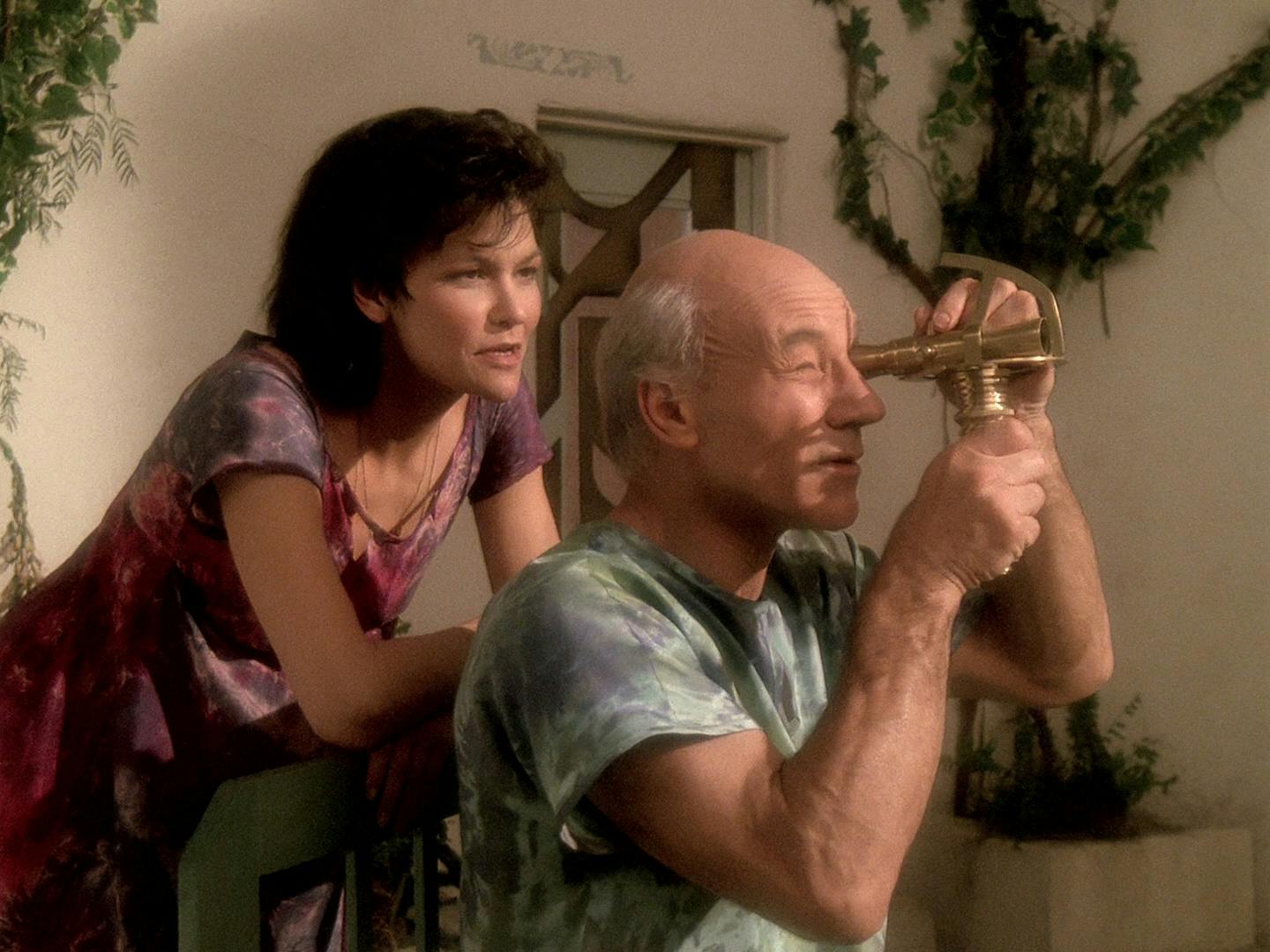
"The Inner Light"
StarTrek.com
That said, even if TNG has one of the least-loved mindscape episodes in all of Star Trek, it also boasts one of the best, if not the best in this particular subgenre. On June 1, 1992, and just one episode before its fifth season finale, The Next Generation dropped "The Inner Light," a story in which Captain Jean-Luc Picard lives out an entire lifetime in mindscape.
In this heart-wrenching, immortal tale, Picard becomes Kamin, an iron-weaver in a small village on a planet facing a never-ending drought. Written by Morgan Gendel and Peter Allan Fields, from a story by Gendel, what makes this tale exceptional is that like the latest Discovery episode, the audience is aware we're in a mindscape the entire time. However, unlike Burnham, Picard isn't aware what is happening to him, exactly, and isn't trying to get out of this situation and sever the nucleonic beam. He's just trying to live.
Far Beyond The Stars: Mindscapes in Deep Space Nine
Arguably, just like The Original Series, the series pilot episode of Star Trek: Deep Space Nine took place in a mindscape. In 1993, with "The Emissary," When Captain Sisko encounters the timeless aliens known as the Prophets, much of what Sisko does and experiences with these aliens happens within his own mind.

"Far Beyond the Stars"
StarTrek.com
In classic Star Trek tradition, the aliens take on all sorts of forms from his memories, from his late wife Jennifer to his son Jake, and of course, his Starfleet frenemy, Jean-Luc Picard. DS9's choice to begin its story in the mind of Captain Sisko is probably why one of its other mindscape episodes, the Season 5 classic, "Far Beyond the Stars," hits so hard.
In this beloved 1998 episode, Captain Sisko becomes Benny Russell, a 1950s science fiction writer, struggling to sell his stories, all because of the crushing racism of the world and his editor in specific. Written by Ira Steven Behr and Hans Beimler, from a story by Marc Scott Zicree, "Far Beyond the Stars" is more than just a sci-fi thought experiment. On some level, this mindscape episode makes us wonder who is the dreamer and who is the dream? Are we all part of Benny Russell's wonderful imagination?
The Mindscape Journey Continues — Into the Past
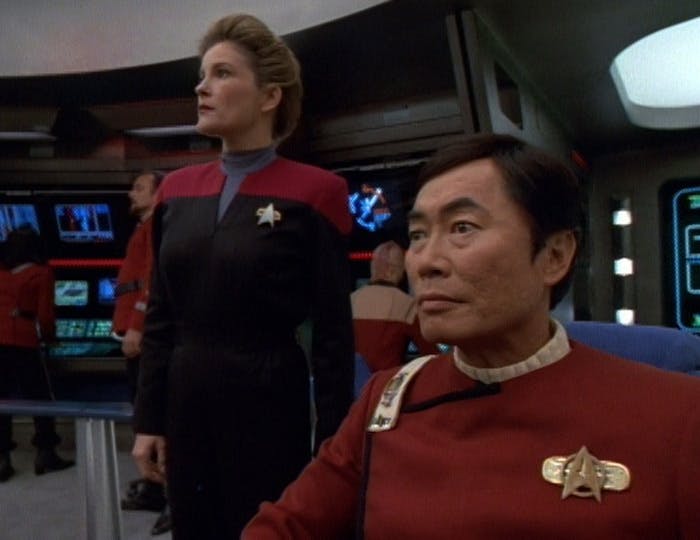
"Flashback"
StarTrek.com
While there are more mindscape Star Trek episodes to truly catalog throughout Star Trek: Voyager and Star Trek: Enterprise, one trick managed by both of those series was a kind of time travel through the mind.
In Voyager's epic 1996 episode "Flashback," Captain Janeway is able to interact with Captain Sulu in the year 2293, all thanks to becoming part of Tuvok's mind. Once again, the Vulcans are the gateway to great mindscape stories, an idea that also pops up again in Enterprise. There, in the three-part adventure that starts with "The Forge," Captain Archer learns more about Vulcan pre-history than any other human, specifically by carrying the katra of Surak. Memories aren't exactly time travel, except in Star Trek, when they kind of are.
What makes both of these mindscape stories wonderful though, is not just the way Vulcan techniques allow human characters to cross the centuries. The key detail, like in the latest Discovery, is that both Janeway and Archer, in their respective stories, learn something about themselves.
Contemporary Mindscapes

"The Elysian Kingdom"
StarTrek.com
Since the explosion of new Star Trek TV series — starting with Star Trek: Discovery in 2017 — the franchise has continued to demonstrate how the mind itself can create some of the best kinds of science fiction stories.
In 2022, the third season of Star Trek: Lower Decks gave us "Reflections," in which Rutherford has to battle within his own mindscape to defeat a younger, more reckless, and dangerous version of himself. That same year, in Star Trek: Picard's second season episode "Monsters," Tallinn journeys inside the mind of Jean-Luc, encountering not just a younger version of the titular hero, but his mother and father, too.
Also in 2022 (apparently a year of mindscapes!), Star Trek: Strange New Worlds gave us "The Elysian Kingdom," in which Dr. M'Benga's daughter Rukiya transforms the ship into a fairytale out of her own mind. Well, it's not really her mind, but instead, based on a bedtime story her dad read to her, written by none other than Benny Russell. Seriously, is it possible he's writing everything as you’re reading this?
Discovery's Mindscape Comes Full Circle

"Lethe"
StarTrek.com
All the newer explorations of mindscapes in the newer Star Trek series serve a similar purpose as similar storylines in the older shows — by exploring our minds and memories in a more literal, fanciful way, Star Trek is providing wish fulfillment about an aspect of life that often proves elusive.
In Picard's second season, Jean-Luc's journey in his own mindscape frees him of trauma and pain he'd been suppressing for decades. In "The Elysian Kingdom," Rukiya's mindscape literally becomes part of the fabric of everyone else's lives, putting the crew in the story of another person, in a way that suggests the kind of intimate empathy we all wish we could experience in real life.
Discovery's journey into Burnham's mind is along this path too, and interestingly, calls back to a poignant episode from the series' first season, "Lethe." In that episode, Burnham had to enter the mindscape of adoptive father, Sarek, and in doing so, learn the truth of his own pain, and his shame in the mistakes he made while raising her alongside Spock. "Lethe" was a turning point for our understanding of Burnham and Sarek, and showed a way for father and daughter to heal through a melding of the minds.
Now, with its final season, Discovery brought Burnham back to mindscape, but this time, not to learn about her family, but instead, about herself. And from "The Cage" to "The Inner Light" to "Far Beyond the Stars," that journey of self-discovery is just as much a definition of Star Trek as boldly going through space.
